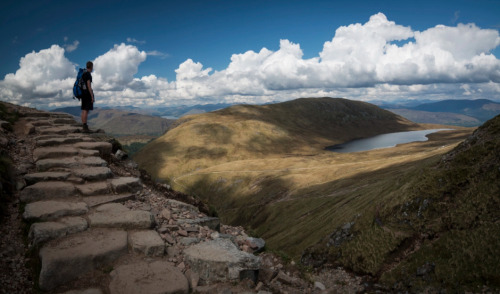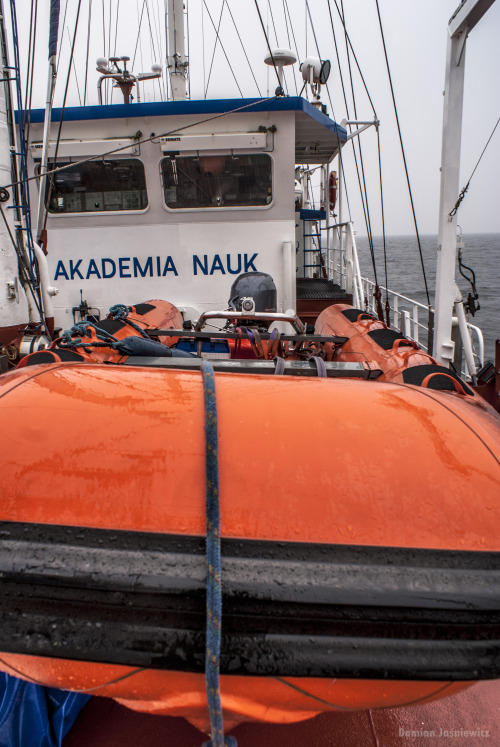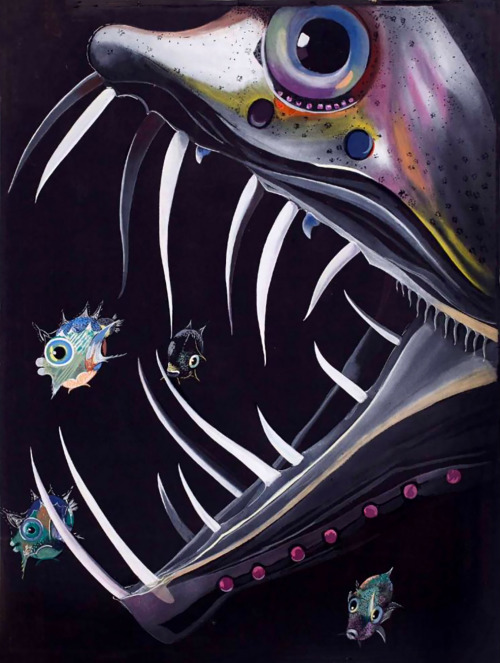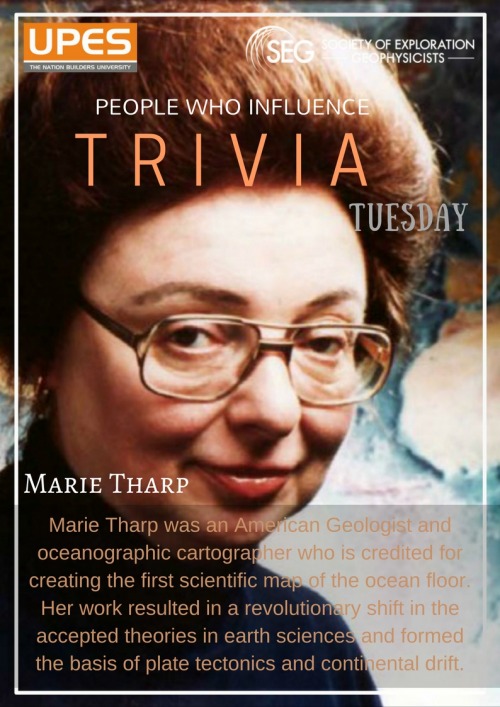#oceanography
Smart Girls and the Sea: Meet Melania Guerra
http://amysmartgirls.com/smart-girls-and-the-sea-meet-melania-guerra/
Post link

Transitioning back to in-person lectures has been rough…. that is why I am currently spending my mid semester break working my ass off
It’s about time I started doing some science posts on this blog, so here we are with a post about the basics of phytoplankton (my area of study for my PhD). And don’t forget to check out my phytoplankton “tag yourself” post here.
Phytoplankton are microbes in the ocean that photosynthesize — that is, they use sunlight and inorganic carbon (CO2) to create food for themselves in the form of sugars. Oh, and they also produce at least 50% of the Earth’s oxygen in the process (some sources say up to 80%).
Phytoplankton are also the base of the food web in the ocean — they’re eaten by grazers (usually larger “animal” plankton, or zooplankton) which in turn are eaten by the macrofauna we all know and love (fish, whales, crustaceans, and so forth). It’s really a shame that phytoplankton are so often overlooked in favor of the more charismatic marine organisms because they’re so incredibly diverse and important to what goes on not only in the ocean, but on Earth as a whole. It’s pretty well-established in the scientific community that cyanobacteria (some of the oldest and simplest phytoplankton) were responsible for the first oxygenation event on Earth, eventually changing Earth’s atmosphere from reducing to oxidizing and making it possible for larger life forms (like mammals) to evolve and dominate. We wouldn’t be here today if not for these humble little microbes!
Besides their role as food and oxygen-producers, phytoplankton are also hugely important to biogeochemical cycling. Biogeochemical cycles are the processes through which “stuff” (chemicals) moves through the Earth through living things (bio) and nonliving things (geo) — you probably already know about the water cycle and the steps of evaporation, precipitation, and condensation into rain that move water across the planet. Elements crucial to life like nitrogen, phosphorus, and carbon also move through the planet, cycling between the atmosphere, living things, and geological features. Marine microbes like phytoplankton control pretty much all of this cycling through the ocean — that’s right, those charismatic macrofauna barely affect them at all! Microbial activity with regard to the carbon cycle is especially relevant with climate change and carbon sequestration (to put it simply, taking CO2 out of the atmosphere and “burying” it somewhere where it won’t bother us) on the mind.
All right, that was a lot of words, but I hope it gave some insight into why these little guys are important and why we study them. Check out my full phytoplankton tag yourself post for the facts that correspond to the traits listed below!
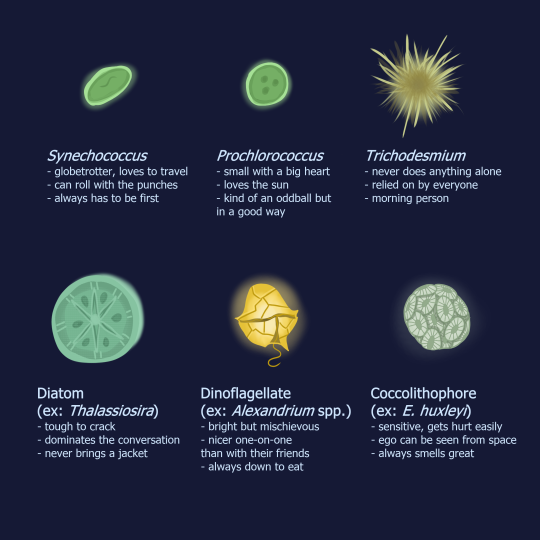
Which phytoplankton are you?

And for a closer look at each phytoplankton group and the real traits that correspond to the characteristics listed:






(I spend ages trying to get these all perfect )
This week is Earth Science Week! It runs from 9-15 October and is an awesome time to explore and reflect on the natural world around you. Earth science is a diverse field that encompasses geology, oceanography and meteorology - it’s essentially the study of how the forces of our planet intersect.
Celebrate by learning a bunch of interesting stuff:
- Everything You Need to Know About Planet Earth
- Fly over an erupting volcano with a drone
- Interactive article: Greenland is Melting Away
- BBC’s short, simple animated guides to volcanoes, tsunamis, and more
- Earthquake Science, and the Disaster that Created It
- NASA’s awesome visualisation of the flow of surface ocean currents
The above photos are some of the winners of the Geological Society of London’s 2016 Earth Science Week photo competition. Click through to see the rest!
Post link
The stunning art and inspiring story of the forgotten scientific illustrator Else Bostelmann, official expedition artist on William Beebe’s pioneering Bathysphere dives of the 1930s. Her paintings of previously unseen and unimagined creatures of the deep – some of which she painted in an astonishing makeshift studio on the ocean floor – invited the human eye and imagination into the wonder-world of the deep sea for the very first time, a world then more mysterious than the Moon. Dive in.
Post link




